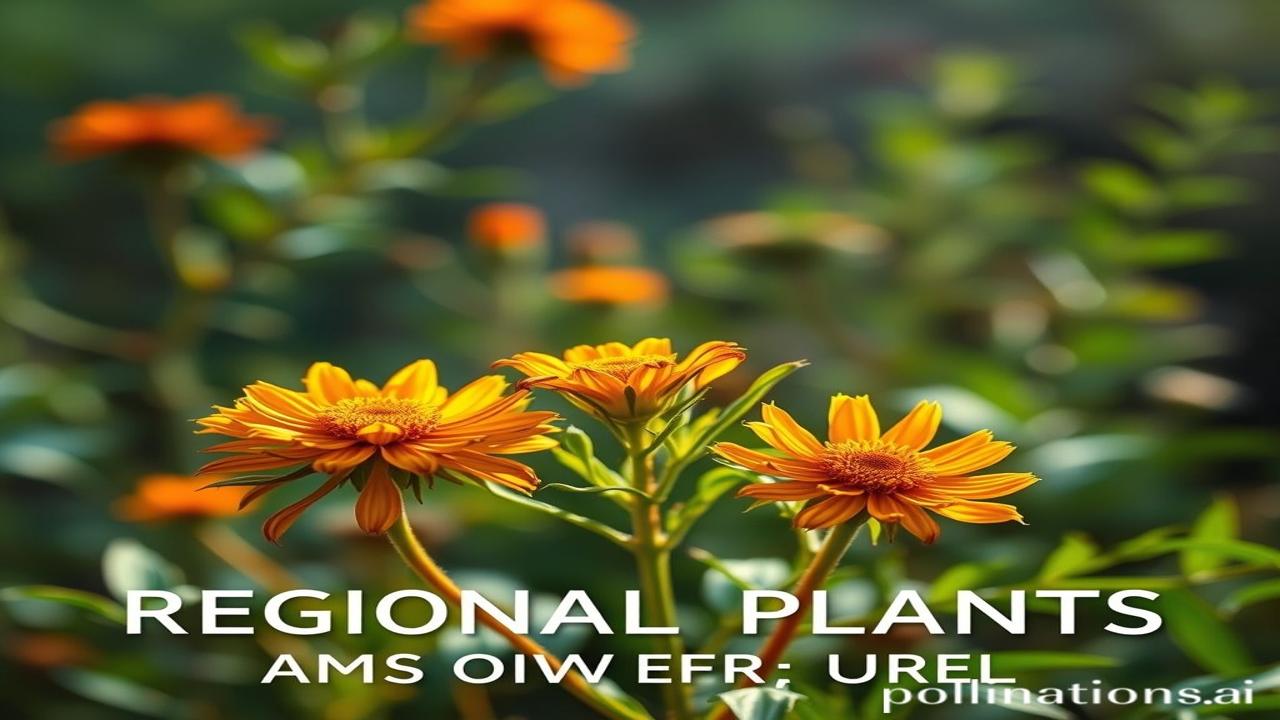Jharokhon Se Jhankti Jadui Jadi-Bootiyan: Unlocking Ancient Remedies
Kabhi socha hai, jab internet nahi tha, doctors nahi the, tab log kaise theek hote the? Imagine yourself walking through a fragrant village path, the earthy scent of rain-soaked soil mingling with the sweet aroma of blossoming neem and tulsi. This isn’t just a walk; it’s a journey back in time, a time when nature was not just a resource, but a healer, a guru, a life force. Waqt ki dhool mein, chhupi hui hai hamare purvajon ki wisdom – the knowledge of regional medicinal plants. Let’s rediscover these forgotten secrets!
Ancient Wisdom: The Roots of Regional Healing
What are Regional Medicinal Plants?
Regional medicinal plants are those plants native to a specific area, used traditionally by local communities for healing and wellness. Think of the powerful turmeric in South India or the life-giving seabuckthorn in the Himalayas.
When and Where Did This Practice Originate?
The practice of using regional medicinal plants dates back thousands of years. The Vedas, particularly the Atharvaveda (written sometime between 1500-1000 BCE), contain extensive references to medicinal herbs and their uses. Ayurveda, one of the world’s oldest medical systems, is deeply rooted in the knowledge of these plants. In different regions, specific plants became integral to the local healing traditions. For instance, the tribes of the Western Ghats had unique knowledge of plants found nowhere else.
Why is it Important in Our History and Culture?
The knowledge of medicinal plants wasn’t just about curing diseases; it was about understanding the delicate balance between humans and nature. These plants were central to traditional healing practices, rituals, and even spiritual beliefs. They provided affordable and accessible healthcare to communities, especially in rural areas where modern medicine was scarce. They represent a deep connection to the land and a sustainable way of life.
Gaon Ki Galiyon Mein: People, Life, and Plant Power
Imagine a small village nestled in the foothills of the Himalayas. Dadi, with her wrinkled face and kind eyes, is the village healer. She knows every plant, every root, every leaf. “Beta,” she would say, grinding herbs on a stone slab, “this buri patra will soothe your fever. And this kuth, it will heal your wounds.”
“Dadi, yeh sab tumhen kaise pata?” a curious child asks.
“Bachpan se dekha hai, sikha hai. Yeh ped-paudhe hi toh hamare doctor hain,” she replies with a knowing smile.
The village relies on Dadi’s knowledge. When the monsoon brings illness, she uses ginger and honey for coughs, neem for skin infections, and tulsi for boosting immunity. These aren’t just cures; they are part of their daily life, their culture, their very identity.
Aaj Ki Pehchaan: Cultural Significance Today
Even in today’s India, where modern medicine is readily available, the echoes of this traditional knowledge resonate. Ayurveda, Siddha, and Unani systems of medicine continue to thrive, drawing upon the power of regional medicinal plants. We see them in our rituals (turmeric paste during weddings), in our kitchens (ginger in chai), and in our gardens (tulsi plant in almost every household).
The growing interest in organic and natural products has also revived interest in these plants. People are rediscovering the benefits of traditional remedies, seeking alternatives to synthetic drugs. This is not just a trend; it’s a return to our roots, a recognition of the wisdom of our ancestors. It’s Bharatiyata – the essence of Indianness – manifested in our understanding and respect for nature.
Dilchasp Sach: Fun Facts and Myth-Busters
Myth: All herbal remedies are harmless because they are “natural.”
Truth: Even natural substances can have potent effects and potential side effects. Dosage, individual sensitivities, and interactions with other medications need careful consideration. It’s crucial to consult a qualified practitioner before using any herbal remedy, especially if you have underlying health conditions.
Fun Fact: Did you know that the bark of the Arjun tree (Terminalia arjuna), commonly found in India, has been traditionally used to support heart health? Modern research is now validating these ancient claims!
Aankhon Se Dekho, Dil Se Mehsoos Karo: Visual & Sensory Layer
Close your eyes. Imagine the smell of sandalwood incense mingling with the earthy aroma of damp soil after a summer rain. Feel the cool smoothness of river stones under your feet as you walk through a forest. Hear the rustling of leaves as the wind whispers through the trees, carrying with it the secrets of ancient remedies. See the vibrant green of the tulsi plant against the backdrop of a red-tiled courtyard. This is the sensory landscape of traditional healing, a landscape deeply connected to our senses and emotions.
Ant Mein Ek Vichar: Closing Insight or Quote
“प्रकृति ही जननी, प्रकृति ही जीवनी, प्रकृति ही औषधि।” (Prakriti hi janani, prakriti hi jeevani, prakriti hi aushadhi) – Nature is the mother, nature is life, nature is medicine. May we always remember to respect and cherish the healing power of the plants around us, for they are a vital part of our heritage and our well-being. Let us learn from the past, embrace the present, and cultivate a sustainable future where traditional knowledge and modern science work hand in hand to create a healthier world.
